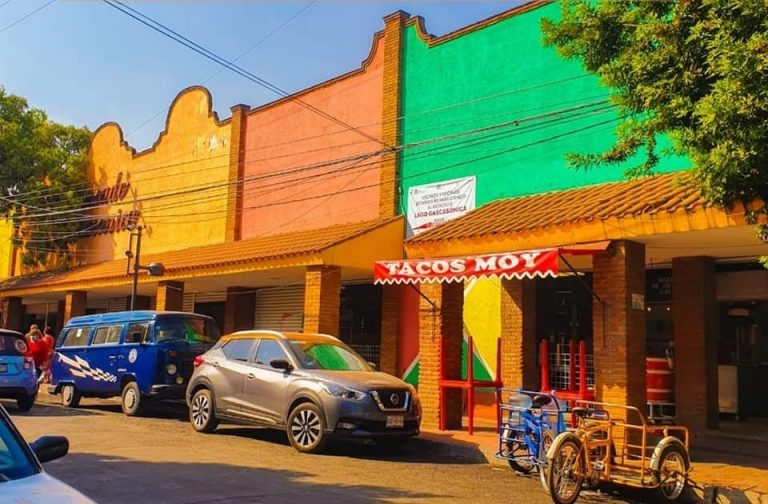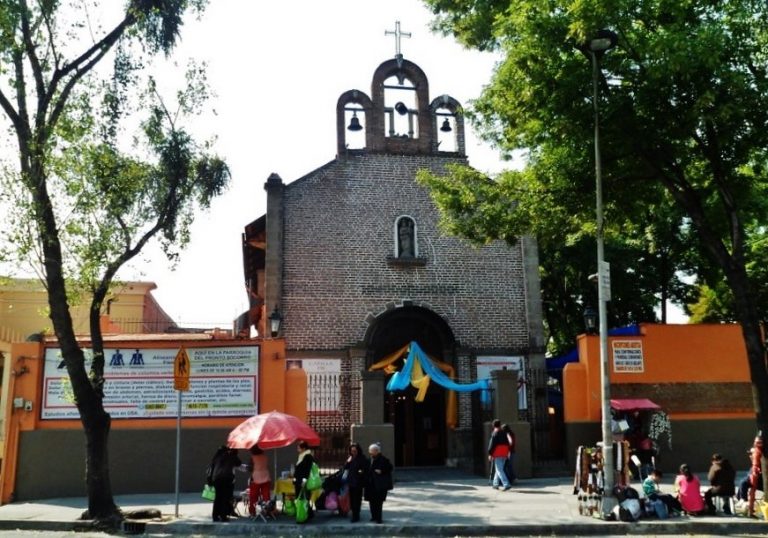
Mercado Gascasónica
 Lago Gascasónica, Pbo San Diego Ocoyoacac, Miguel Hidalgo, 11290 CDMX
Lago Gascasónica, Pbo San Diego Ocoyoacac, Miguel Hidalgo, 11290 CDMX


Iglesia de San Álvaro
 Grecia 95, San Alvaro, Azcapotzalco, 02090 Ciudad de México, CDMX
Grecia 95, San Alvaro, Azcapotzalco, 02090 Ciudad de México, CDMX


Hacienda de San Antonio Clavería (IPADE)
 Calle Floresta 20, Col. Claveria, Alc. Azcapotzalco, 02080 CDMX
Calle Floresta 20, Col. Claveria, Alc. Azcapotzalco, 02080 CDMX


Iglesia Pronto Socorro, Popotla
 Calz México-Tacuba 490, Popotla, Miguel Hidalgo, 11400 CDMX
Calz México-Tacuba 490, Popotla, Miguel Hidalgo, 11400 CDMX


Parque Salesiano
 Colegio Salesiano S/N, Col. Anáhuac I Secc, Alc. Miguel Hidalgo, 11320 CDMX
Colegio Salesiano S/N, Col. Anáhuac I Secc, Alc. Miguel Hidalgo, 11320 CDMX


Escuela Nacional de Ciencias Químicas
 Calle Mar del Nte 5, Col. San Alvaro, Alc. Azcapotzalco, 02090 CDMX
Calle Mar del Nte 5, Col. San Alvaro, Alc. Azcapotzalco, 02090 CDMX


